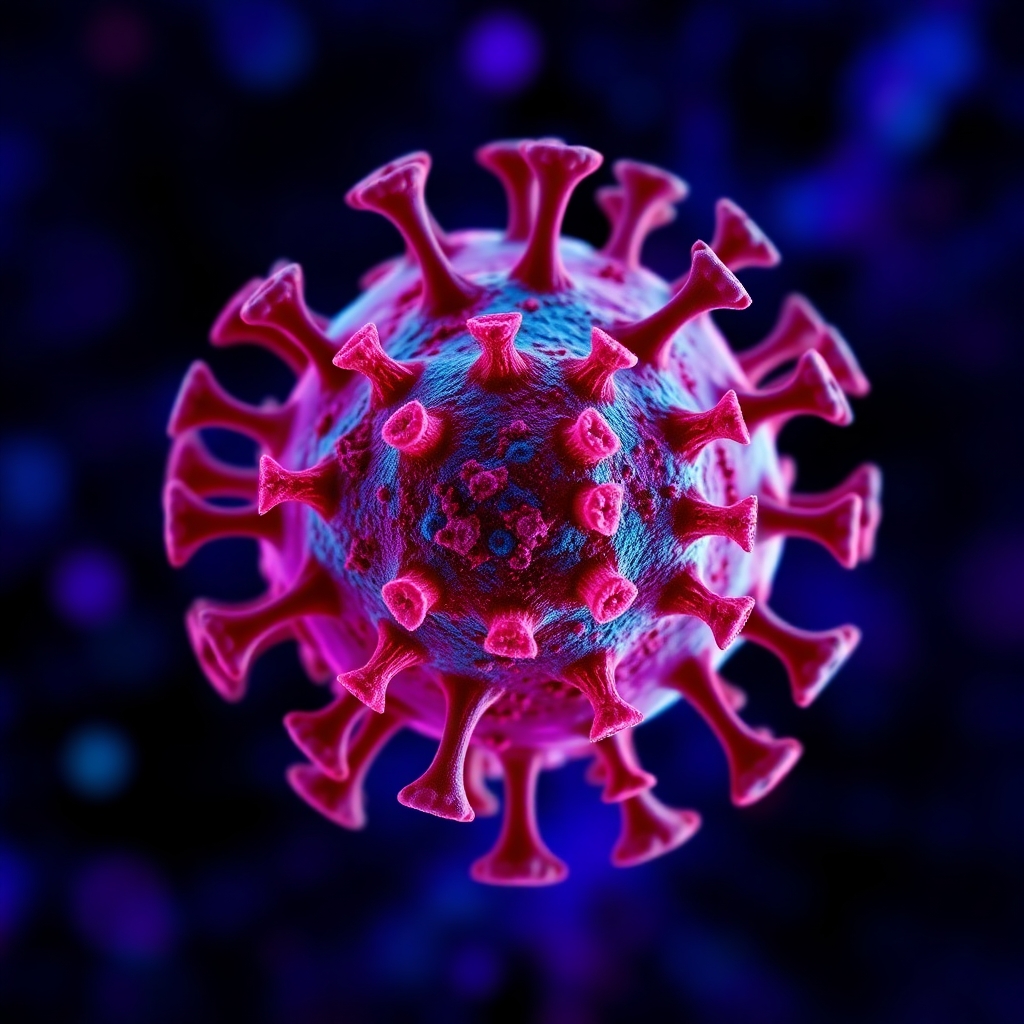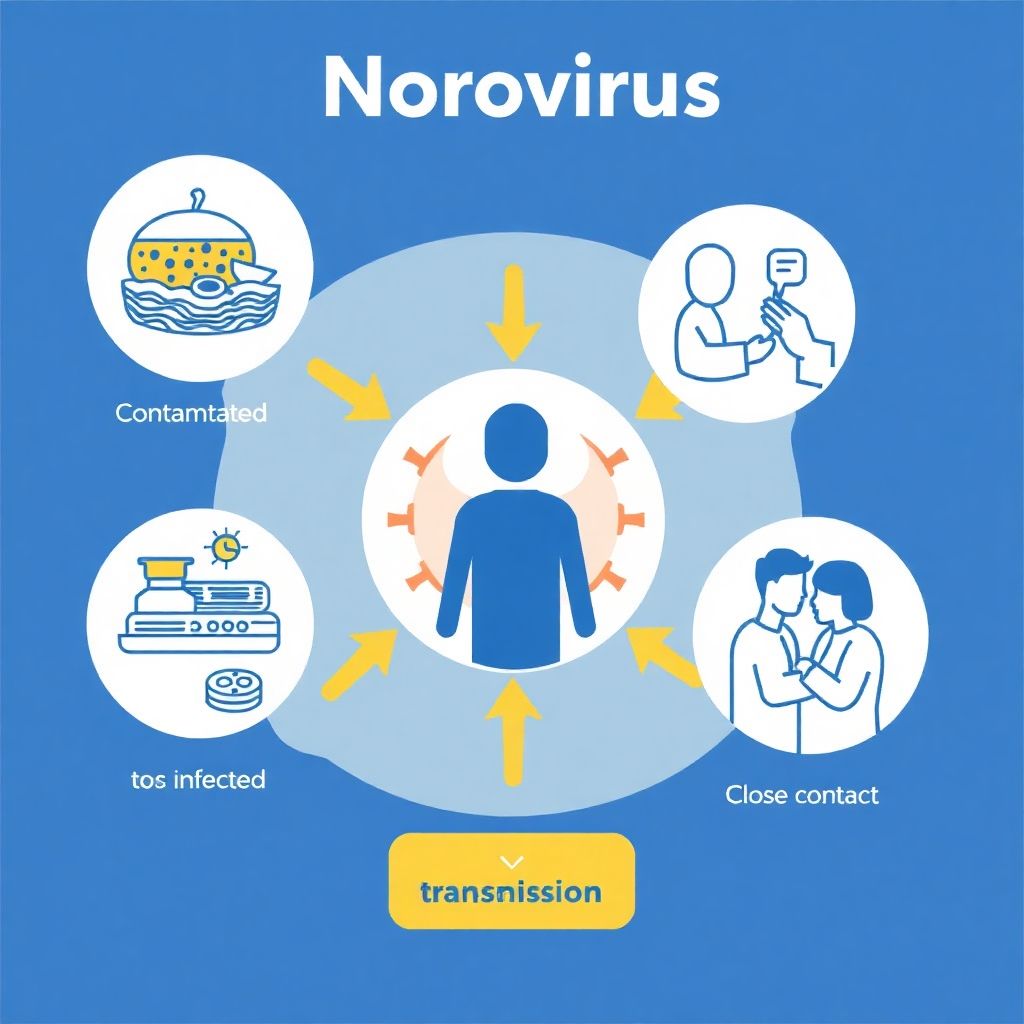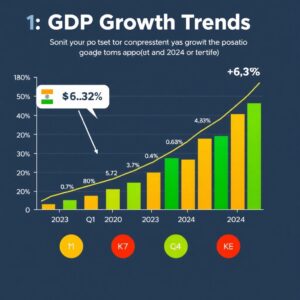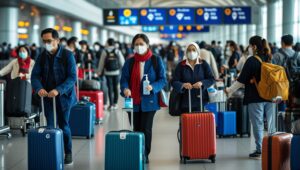HMPV Case LIVE: China in close contact with WHO on respiratory diseases, India reports cases in Gujarat, Maha, etc
HMPV Outbreak: China, India Report Cases, Global Health Alert
The Global Spread of Human Metapneumovirus (HMPV)

Current HMPV Case Numbers in China and India: A Statistical Overview
Recent data indicates a concerning rise in Human Metapneumovirus (HMPV) cases globally. By October 2023, China has reported over 500 confirmed cases, according to the World Health Organization (WHO). India, particularly in states like Gujarat and Maharashtra, has also seen a spike, with a reported 150 cases.
Chart showing HMPV cases compared to other respiratory viruses (Influenza, RSV, etc.)
A comparison of HMPV case numbers against other respiratory viruses highlights the urgency of the situation. Influenza and Respiratory Syncytial Virus (RSV) continue to dominate, but HMPV’s rapid increase is alarming.
Early Detection and Prevention Strategies: Lessons from Previous Outbreaks
Experts stress the importance of early detection in managing outbreaks. Previous respiratory virus outbreaks taught us valuable lessons. The swift implementation of testing and contact tracing played a critical role in controlling the spread of infections in those scenarios.
Successful strategies, such as the rapid deployment of mobile testing units, have proven effective. Existing surveillance systems, while generally effective, must be improved to catch outbreaks more efficiently.
WHO’s Role in Monitoring and Coordinating the Global Response
The WHO plays a crucial role in the global response to HMPV. With constant monitoring and coordination, they ensure timely information sharing among nations. This collaboration fosters transparency in data reporting and guides countries on best practices for containment.
India’s HMPV Situation: Gujarat, Maharashtra, and Beyond
Specific Case Numbers and Locations within India

Gujarat and Maharashtra remain the hardest hit in India, with 80 and 70 reported cases respectively. Analysis shows that children under five and adults over 65 are particularly vulnerable, comprising a significant portion of infections. Indian health authorities continue to provide updates, emphasizing the need for community awareness.
Healthcare System Response and Preparedness in Affected Regions
India’s healthcare system faces challenges in responding adequately to HMPV. Hospitals are equipped but may reach capacity quickly if cases surge. Testing facilities are available, yet delays could hinder timely diagnosis. Recent governmental initiatives aim to boost public health campaigns, focusing on education about symptoms and preventive measures.
Impact on Healthcare Infrastructure and Resource Allocation
The rising HMPV cases strain healthcare resources. Hospitals must allocate more beds and staff for HMPV treatment, potentially leading to shortages for other illnesses. Clear strategies are essential to manage resource allocation effectively.
China’s Collaboration with the WHO on Respiratory Diseases
Details of China’s Communication with the WHO
China’s health officials maintain close communication with the WHO. Recent statements emphasize a commitment to data sharing and transparency. Collaborations include joint research initiatives to better understand HMPV and its spread.
China’s Domestic Response to Rising HMPV Cases
In response to increasing HMPV cases, China has implemented strict public health measures. These include enhanced testing protocols and increased healthcare funding. Past respiratory outbreaks have influenced this aggressive approach, bolstering the country’s preparedness.
Understanding HMPV: Symptoms, Transmission, and Risk Factors
Detailed Explanation of HMPV Symptoms
HMPV presents symptoms similar to other respiratory illnesses, including cough, fever, and wheezing. Recognizing these early is vital, especially since severity varies by age. Children and the elderly are at higher risk for severe illness.
Transmission and Prevention Measures for HMPV
HMPV primarily spreads through respiratory droplets. Preventive measures are straightforward:
- Practice good hand hygiene
- Follow respiratory etiquette (covering coughs and sneezes)
- Stay home when feeling unwell
Currently, there is no vaccine available for HMPV, making these preventive strategies essential.
Global Health Implications and Future Preparedness
Potential Impact of HMPV on Global Public Health
The potential for HMPV to further spread and mutate raises significant public health concerns. If not managed, it could strain healthcare systems worldwide. Additionally, economic impacts from large-scale outbreaks can be severe, affecting businesses and travel.
Recommendations for Strengthening Global Surveillance and Response
To prepare for potential HMPV outbreaks, countries must:
- Enhance international collaboration and data sharing
- Invest in early warning systems
- Promote public health education to increase awareness and prevention
Conclusion: Key Takeaways and Call to Action
Summary of HMPV Outbreak and Global Response
HMPV cases are rising in China and India, presenting a global challenge. The WHO’s role in coordination remains crucial. Countries must respond proactively to mitigate the spread.
Actionable Steps for Individuals and Governments
Individuals should take precautions to protect against HMPV, such as practicing good hygiene. Governments must enhance surveillance and allocate resources for healthcare. Increased funding for global health initiatives is essential to combat current and future outbreaks.

















Post Comment